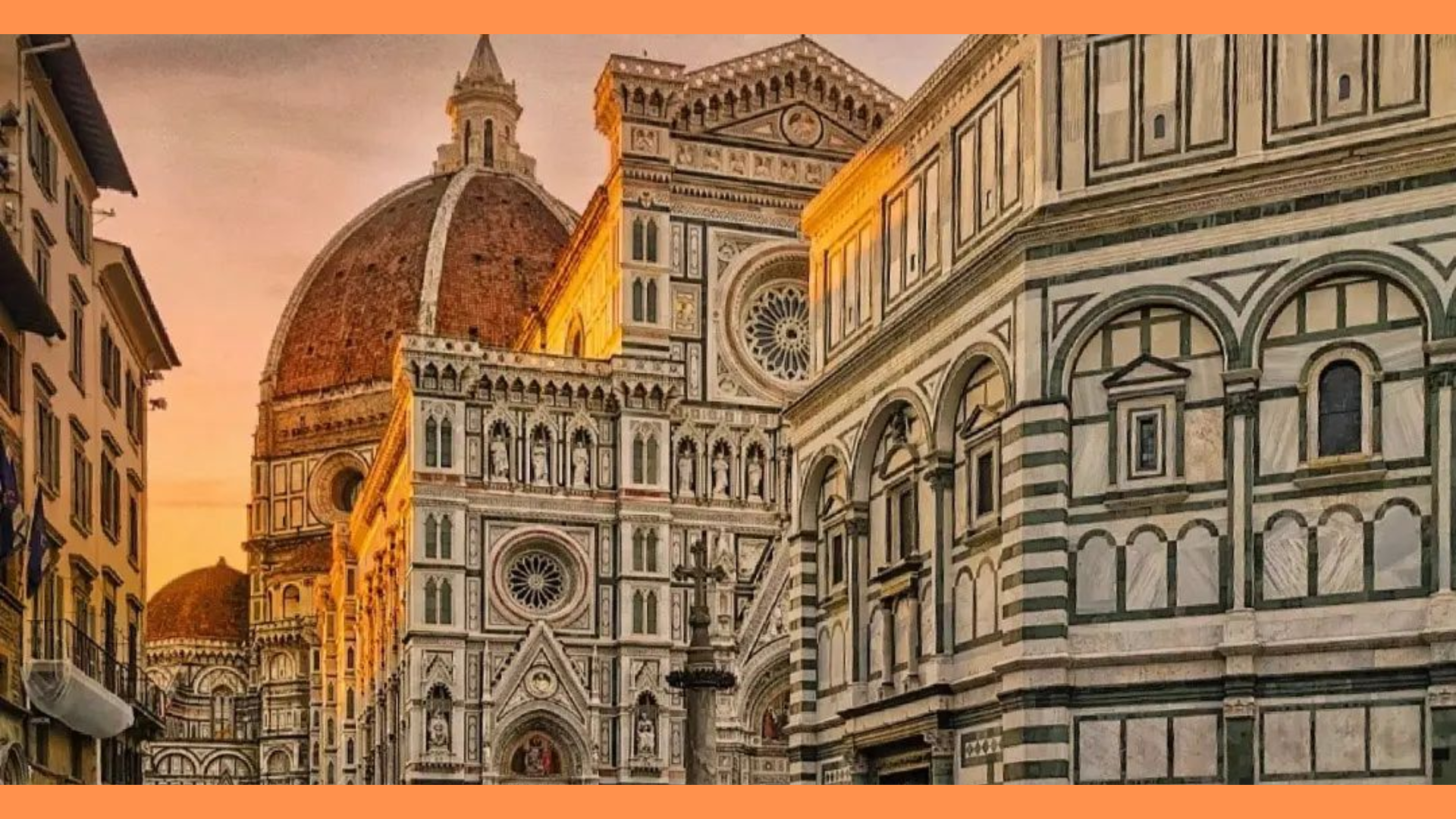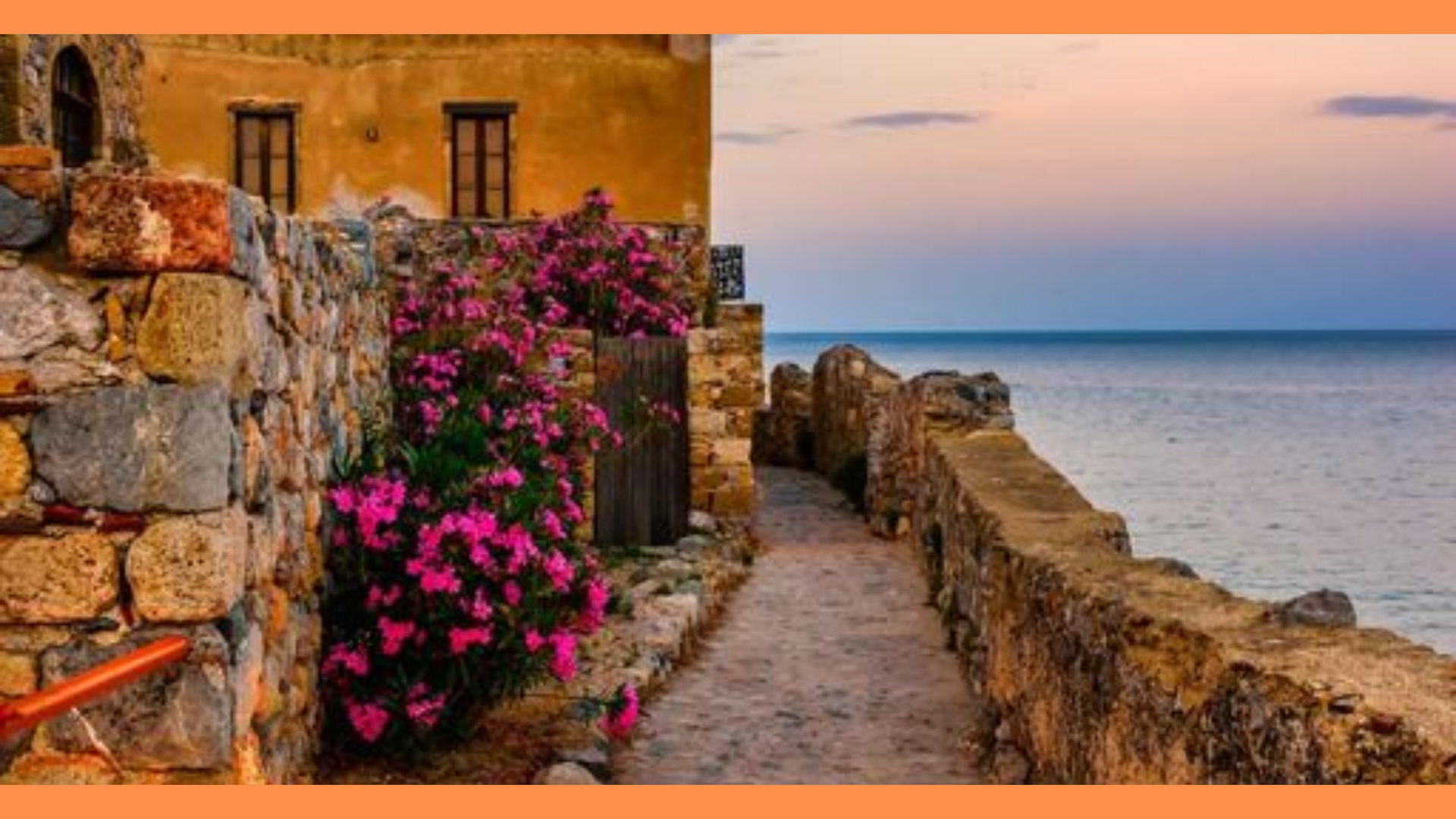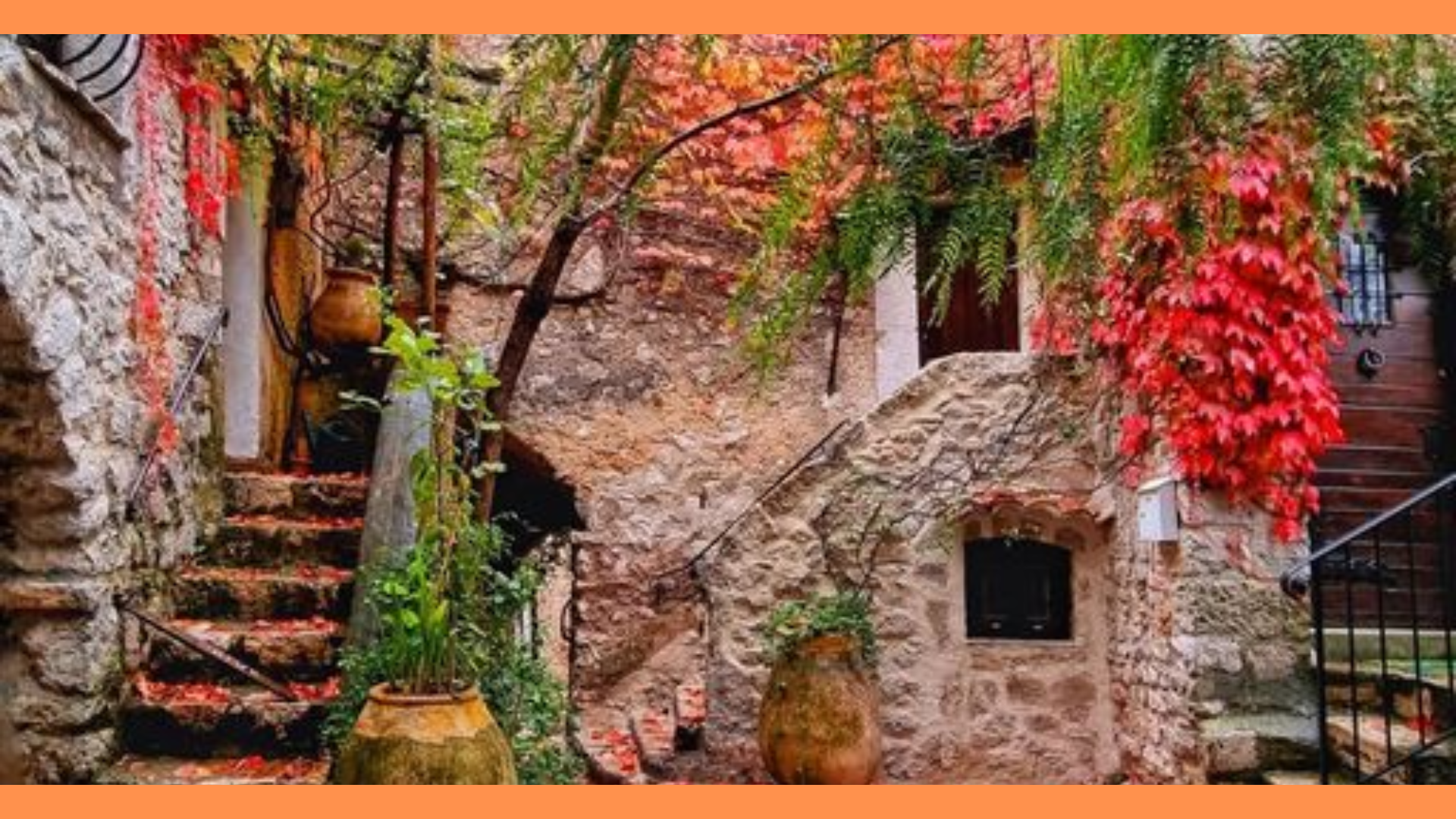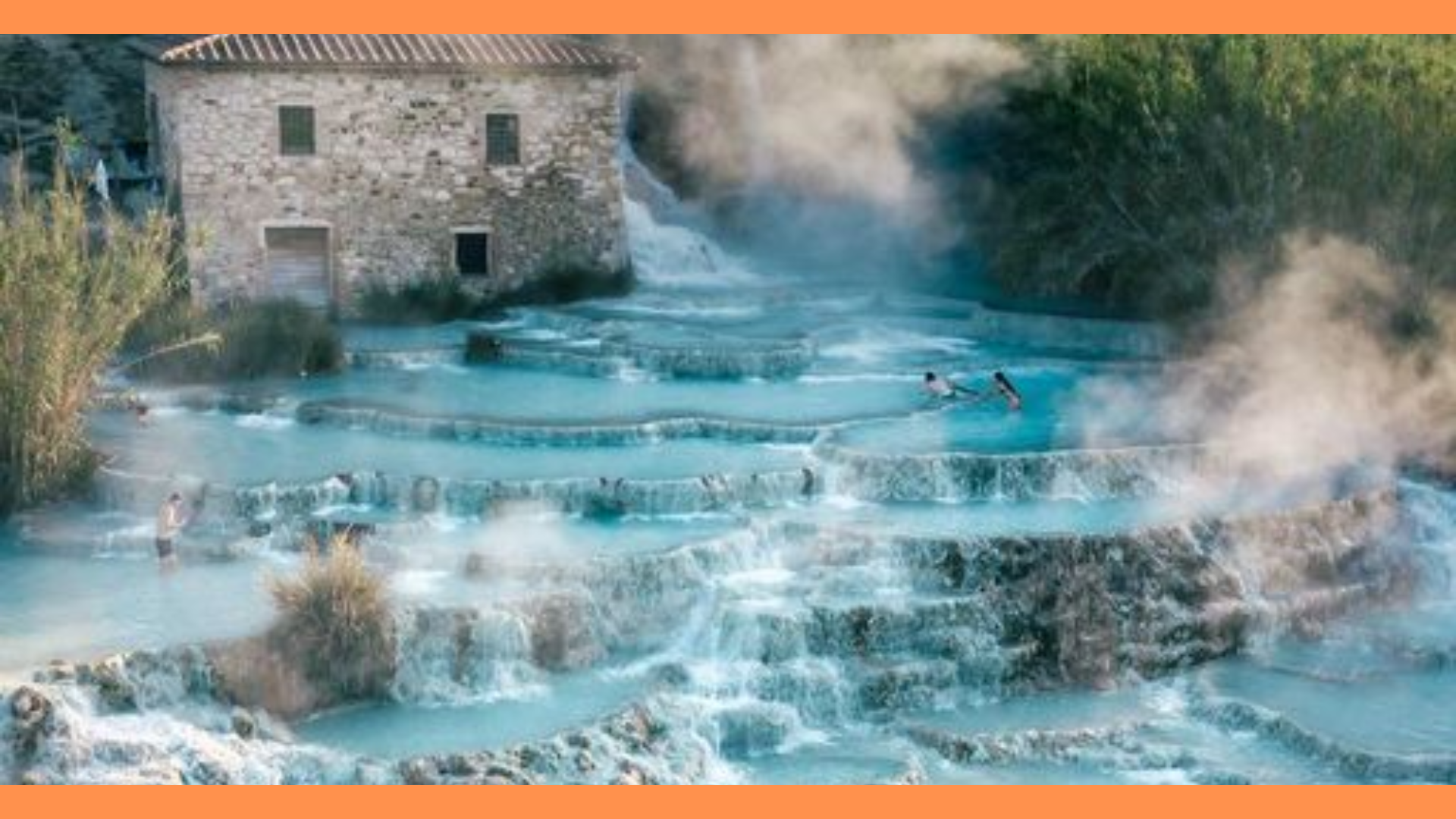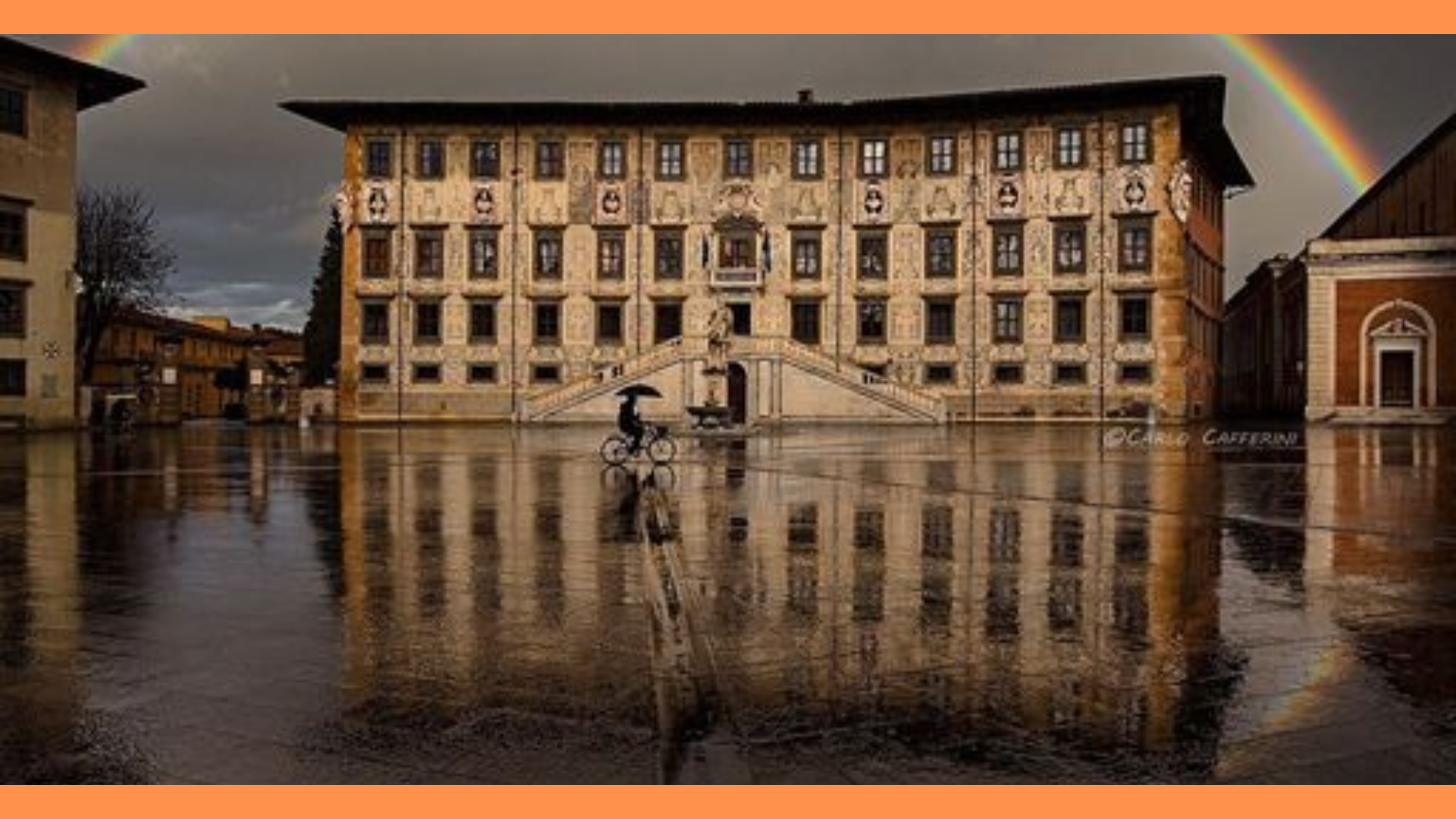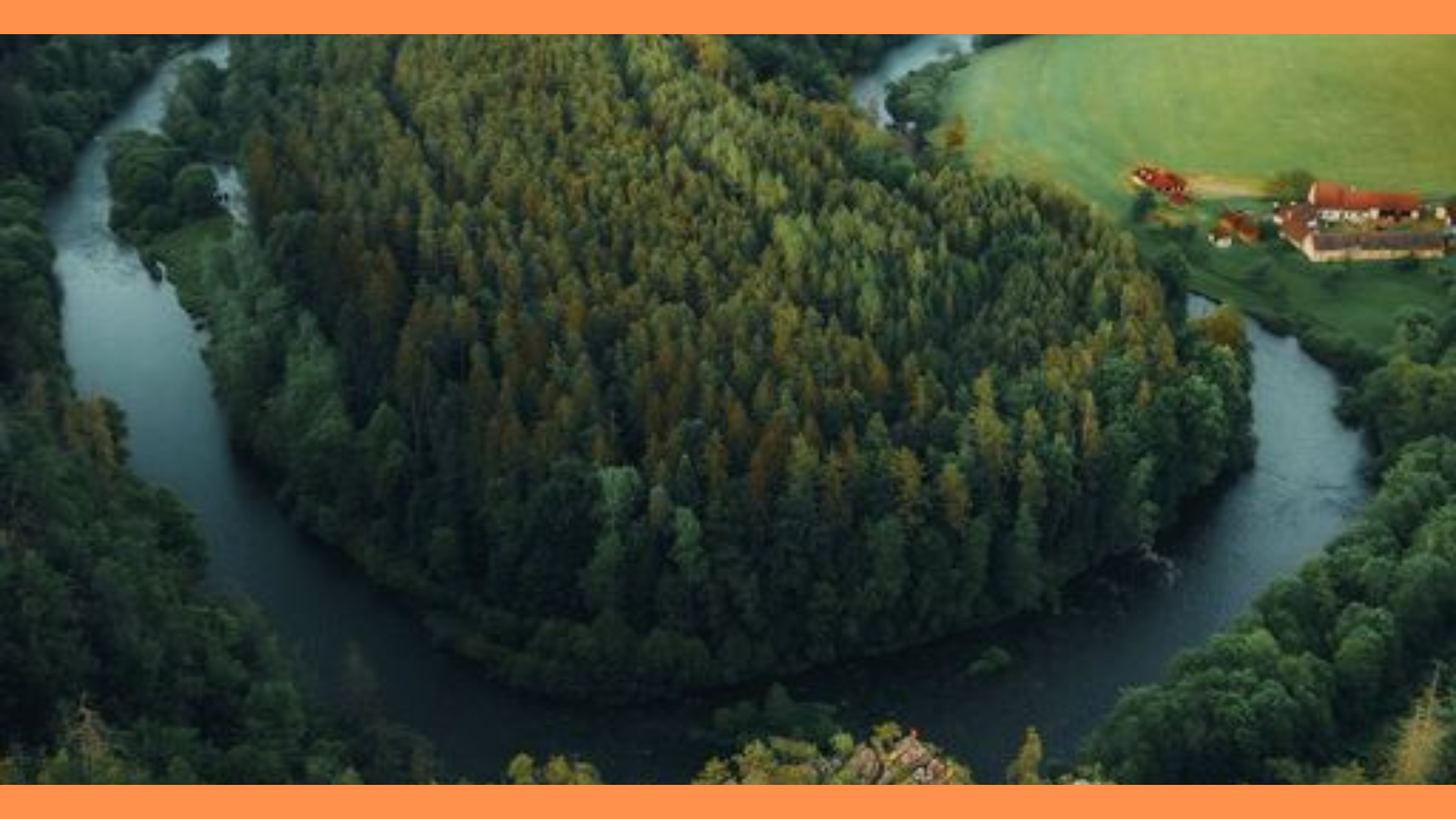Florence, the capital of Italy’s Tuscany region, is a city steeped in history, culture, and culinary tradition. Known as the cradle of the Renaissance, Florence boasts a wealth of historical landmarks, art masterpieces, and mouthwatering cuisine. This guide will take you through Florence’s must-see destinations and its rich culinary heritage, offering an in-depth look at what makes this city a gem of Italy.
I. Introduction to Florence
Florence, or Firenze in Italian, is a city that seamlessly blends its illustrious past with a vibrant present. With its cobblestone streets, majestic architecture, and world-renowned museums, Florence offers a unique glimpse into a bygone era while embracing the modern world. As the birthplace of the Renaissance, Florence has been a cultural and intellectual hub for centuries, drawing visitors from around the globe.
The city’s charm lies not only in its historical significance but also in its ability to offer a diverse range of experiences. From exploring architectural marvels to indulging in culinary delights, Florence provides an immersive journey into Italy’s artistic and gastronomic legacy.
II. Travel Destinations in Florence
Florence’s historical and cultural landmarks, such as the Florence Cathedral and Giotto’s Campanile, are essential to understanding the city’s architectural and artistic heritage. The Piazza della Signoria and Palazzo Vecchio showcase Florence’s political and artistic history, while the Ponte Vecchio offers iconic views and shopping experiences. Each landmark provides a unique glimpse into Florence’s storied past and contributes to the city’s distinct character.
A. Historical and Cultural Landmarks
Florence Cathedral (Duomo) and Giotto’s Campanile
The Florence Cathedral, or Duomo, is an iconic symbol of the city. This architectural masterpiece, designed by Filippo Brunelleschi, is renowned for its immense dome, which dominates the city’s skyline. The cathedral’s exterior is adorned with intricate marble facades, and its interior features beautiful frescoes and stained glass windows. Climbing to the top of the dome offers breathtaking views of Florence and the surrounding Tuscan countryside.
Adjacent to the cathedral is Giotto’s Campanile, a stunning bell tower that stands as a testament to the skill of its designer, Giotto di Bondone. The Campanile’s intricate marble decoration and towering height make it a key feature of Florence’s skyline. Visitors can climb the 414 steps to the top for panoramic views of the city and the Duomo below.
Piazza della Signoria and Palazzo Vecchio
Piazza della Signoria is the heart of Florence’s historical and political life. This bustling square is home to some of the city’s most important landmarks, including the Palazzo Vecchio. The Palazzo Vecchio, originally built as a fortress and now serving as the town hall, is an architectural marvel with its imposing façade and medieval tower. Inside, visitors can explore the richly decorated Salone dei Cinquecento and view works by Renaissance artists such as Leonardo da Vinci and Michelangelo.
The square is also adorned with several notable sculptures, including a replica of Michelangelo’s David and the Fountain of Neptune. The lively atmosphere of Piazza della Signoria, with its street performers and outdoor cafes, provides a vibrant setting for experiencing the city’s cultural and historical ambiance.
Ponte Vecchio
The Ponte Vecchio, or Old Bridge, is one of Florence’s most recognizable landmarks. Spanning the Arno River, this medieval bridge is lined with shops that have been selling jewelry, art, and souvenirs for centuries. Originally built in the 14th century, the Ponte Vecchio has a distinctive design with its arched structure and colorful facades. A stroll across the bridge offers picturesque views of the river and the city, making it a popular spot for photography and leisurely walks.
B. Museums and Art Galleries
Uffizi Gallery
The Uffizi Gallery is a must-visit for art enthusiasts and history buffs alike. Located in a historic building designed by Giorgio Vasari, the gallery houses one of the most important collections of Renaissance art in the world. Visitors can admire masterpieces by renowned artists such as Botticelli, Leonardo da Vinci, Michelangelo, and Raphael. The gallery’s extensive collection includes iconic works like “The Birth of Venus” and “The Annunciation,” providing a comprehensive overview of the Renaissance period.
Accademia Gallery
The Accademia Gallery is another essential destination for art lovers, particularly those interested in Michelangelo. The gallery is home to Michelangelo’s famous statue of David, a symbol of Florentine artistic achievement. In addition to the David, the gallery features other works by Michelangelo, as well as a collection of Renaissance and medieval paintings. The Accademia offers an intimate setting to appreciate Michelangelo’s craftsmanship and the artistic heritage of Florence.
Bargello Museum
The Bargello Museum, housed in a former medieval prison, showcases a remarkable collection of sculpture and decorative arts. The museum’s collection includes works by Renaissance sculptors such as Donatello, Verrocchio, and Michelangelo. Highlights include Donatello’s bronze statue of David and his marble bust of St. George. The Bargello’s unique setting and impressive collection make it a valuable stop for exploring Florence’s sculptural legacy.
C. Architectural Marvels
Basilica of Santa Croce
The Basilica of Santa Croce is a significant religious and historical site in Florence. Known as the Temple of the Italian Glories, it is the final resting place of many notable figures, including Michelangelo, Galileo, and Machiavelli. The basilica’s Gothic architecture, with its striking facade and intricate frescoes, adds to its historical importance. Visitors can explore the church’s chapels, tombs, and the museum housed within its premises.
Basilica of San Lorenzo
The Basilica of San Lorenzo is one of Florence’s oldest churches and an important example of Renaissance architecture. Designed by Filippo Brunelleschi, the basilica features a harmonious blend of classical elements and innovative design. The church is also home to the Medici Chapels, where the Medici family, patrons of the arts, are buried. The chapels, designed by Michelangelo, are known for their elaborate tombs and artistic grandeur.
Medici Chapels
The Medici Chapels, located adjacent to the Basilica of San Lorenzo, are a testament to the Medici family’s influence and wealth. The chapels, designed by Michelangelo, feature intricately carved tombs and statues, including the famous “Day” and “Night” figures. The opulent decor and artistic details reflect the Medici’s patronage of the arts and their significant role in Florence’s history.
D. Parks and Scenic Spots
Boboli Gardens
The Boboli Gardens, located behind the Pitti Palace, are a sprawling green oasis in the heart of Florence. These Renaissance gardens are renowned for their meticulously designed landscapes, fountains, and sculptures. Visitors can stroll through the lush gardens, admire the various garden styles, and enjoy panoramic views of Florence from the garden’s elevated points. The Boboli Gardens offer a peaceful retreat from the city’s hustle and bustle, providing a serene environment for relaxation and reflection.
Piazzale Michelangelo
Piazzale Michelangelo is a popular viewpoint that offers stunning panoramic views of Florence. Located on a hill across the Arno River, the piazzale features a bronze replica of Michelangelo’s David and provides an ideal spot for capturing photographs of the city’s skyline and landmarks. The scenic vistas and the surrounding park area make Piazzale Michelangelo a favorite destination for visitors seeking a breathtaking perspective of Florence.
San Miniato al Monte
San Miniato al Monte is a historic church situated on a hill overlooking Florence. Known for its Romanesque architecture and beautiful mosaics, the church is one of the city’s oldest and most important religious sites. The surrounding area offers peaceful gardens and panoramic views of Florence, making it a serene spot for contemplation and appreciation of the city’s natural beauty.
III. Cuisine of Florence
Florence’s cuisine is characterized by traditional Tuscan dishes like Bistecca alla Fiorentina, Ribollita, and Pici Cacio e Pepe. Bistecca alla Fiorentina, a thick, juicy steak, epitomizes the city’s meat-centric culinary tradition. Ribollita, a hearty vegetable soup, and Pici Cacio e Pepe, a simple pasta dish, reflect the emphasis on local, seasonal ingredients and rustic flavors that define Tuscan cooking.
A. Traditional Tuscan Dishes
Bistecca alla Fiorentina (Florentine Steak)
Bistecca alla Fiorentina is a classic Tuscan dish that epitomizes Florence’s culinary tradition. This thick, bone-in steak is made from Chianina beef, one of Italy’s oldest and most prized cattle breeds. The steak is typically seasoned with salt, pepper, and olive oil, then grilled to perfection. The result is a flavorful, juicy steak with a crispy exterior and tender interior. Bistecca alla Fiorentina is often served with simple sides like roasted potatoes or sautéed greens, allowing the quality of the meat to shine.
Ribollita (Tuscan Vegetable Soup)
Ribollita is a hearty Tuscan vegetable soup that reflects the region’s tradition of using simple, seasonal ingredients. Made with bread, beans, and a variety of vegetables such as kale, carrots, and onions, this rustic soup is cooked slowly to develop rich flavors. Ribollita, meaning “reboiled,” is traditionally made by reheating leftover minestrone or vegetable soup, enhancing its taste. The dish is often served with a drizzle of extra virgin olive oil and a sprinkle of Parmesan cheese, making it a comforting and satisfying meal.
Pici Cacio e Pepe (Pasta with Cheese and Pepper)
Pici Cacio e Pepe is a traditional Tuscan pasta dish known for its simplicity and bold flavors. Pici, a thick, hand-rolled pasta, is paired with a sauce made from Pecorino Romano cheese and black pepper. The dish is a perfect example of Tuscan cuisine’s emphasis on high-quality ingredients and straightforward preparation. The creamy cheese sauce and spicy pepper create a deliciously satisfying pasta dish that highlights the essence of Tuscan cooking.
B. Local Specialties and Sweets
Lampredotto (Tripe Sandwich)
Lampredotto is a beloved Florentine street food made from the fourth stomach of a cow. The tripe is slow-cooked with herbs and spices, resulting in a tender and flavorful meat. The dish is typically served in a sandwich, with the tripe topped with a green salsa and a spicy sauce. Lampredotto is a quintessential Florentine specialty, offering a unique and authentic taste of local cuisine.
Schiacciata (Tuscan Flatbread)
Schiacciata, also known as Tuscan flatbread, is a versatile and delicious bread that can be enjoyed in various ways. This bread is often seasoned with olive oil, salt, and rosemary, giving it a crisp crust and a flavorful interior. Schiacciata can be eaten on its own, used as a base for sandwiches, or paired with cheese and cured meats. Its simple preparation and delightful taste make it a staple in Tuscan cuisine.
Cantucci and Vin Santo
Cantucci, or almond biscotti, are a traditional Tuscan cookie known for their crunchy texture and nutty flavor. These twice-baked cookies are typically enjoyed with a glass of Vin Santo, a sweet, dessert wine from Tuscany. The practice of dipping cantucci into Vin Santo enhances their flavor and creates a delightful combination of textures. Cantucci and Vin Santo are often served as a dessert or snack, providing a sweet conclusion to a Tuscan meal.
C. Dining Experiences
Traditional Tuscan Trattorias and Osterias
Florence is home to numerous traditional trattorias and osterias, where visitors can enjoy authentic Tuscan cuisine in a charming and rustic setting. These establishments offer classic dishes prepared with locally-sourced ingredients, providing a genuine taste of Tuscan culinary traditions. Dining at a trattoria or osteria allows guests to experience the warmth and hospitality of Florentine dining culture while savoring traditional recipes that have been passed down through generations.
Modern Restaurants and Fusion Cuisine
In addition to traditional dining options, Florence features a range of modern restaurants and fusion eateries that offer innovative takes on Tuscan cuisine. These contemporary establishments often blend traditional flavors with international influences, creating exciting and creative dishes. From gourmet tasting menus to casual bistros, Florence’s modern dining scene provides a fresh perspective on Tuscan cooking and caters to a variety of tastes and preferences.
Local Markets and Street Food
Florence’s local markets and street food vendors offer a vibrant and immersive culinary experience. The San Lorenzo Market, for example, is a bustling hub where visitors can find fresh produce, artisanal products, and local specialties. Street food stalls offer quick and tasty options such as panini, gelato, and savory pastries. Exploring the city’s markets and street food scene is a great way to sample a variety of flavors and experience the lively atmosphere of Florence’s food culture.
Florence stands as a beacon of cultural and culinary richness, offering a diverse range of experiences that capture the essence of Tuscany. From its architectural wonders and world-class museums to its delectable cuisine and vibrant dining scene, Florence provides a comprehensive journey into Italy’s artistic and gastronomic heritage.

